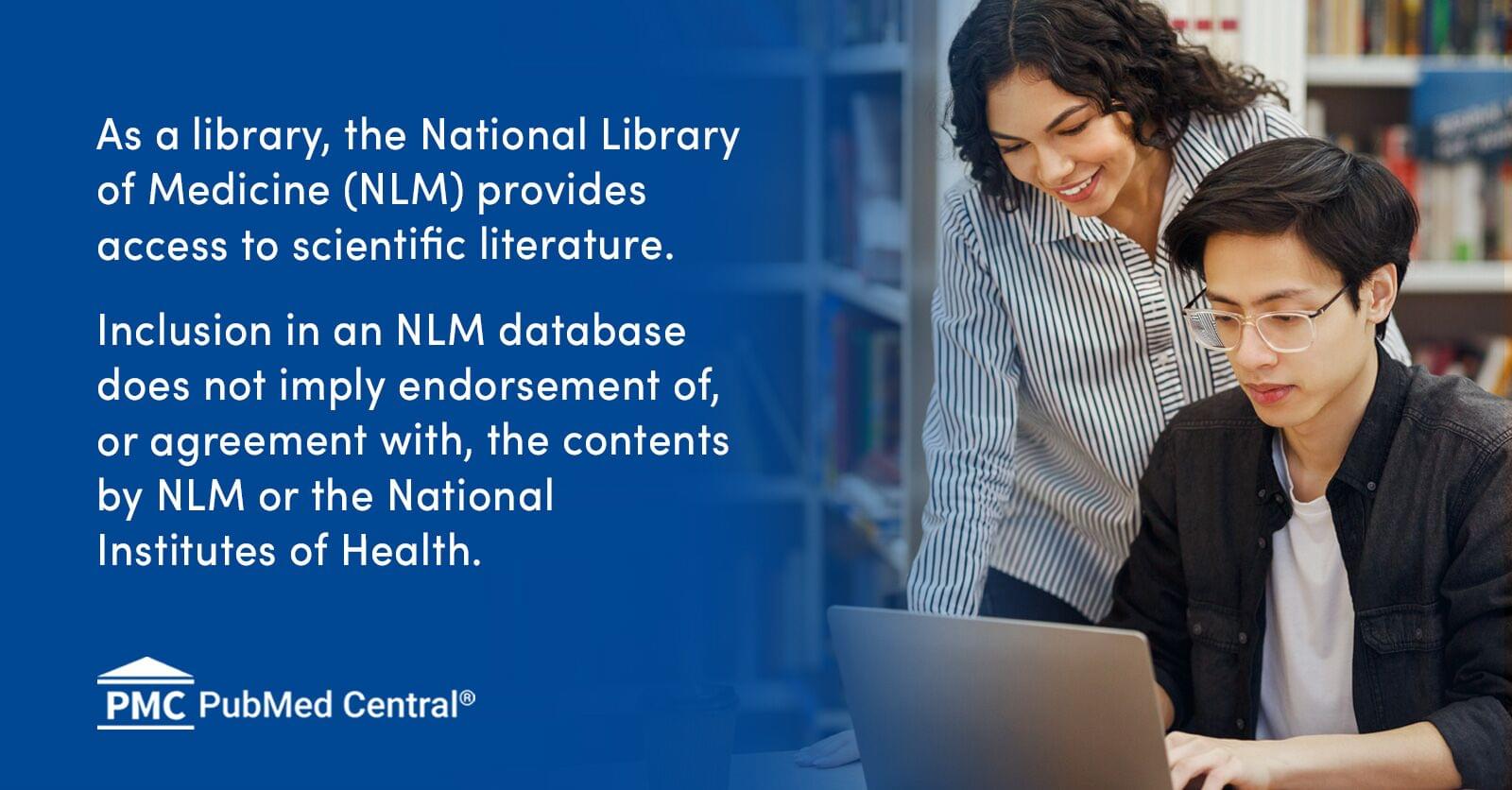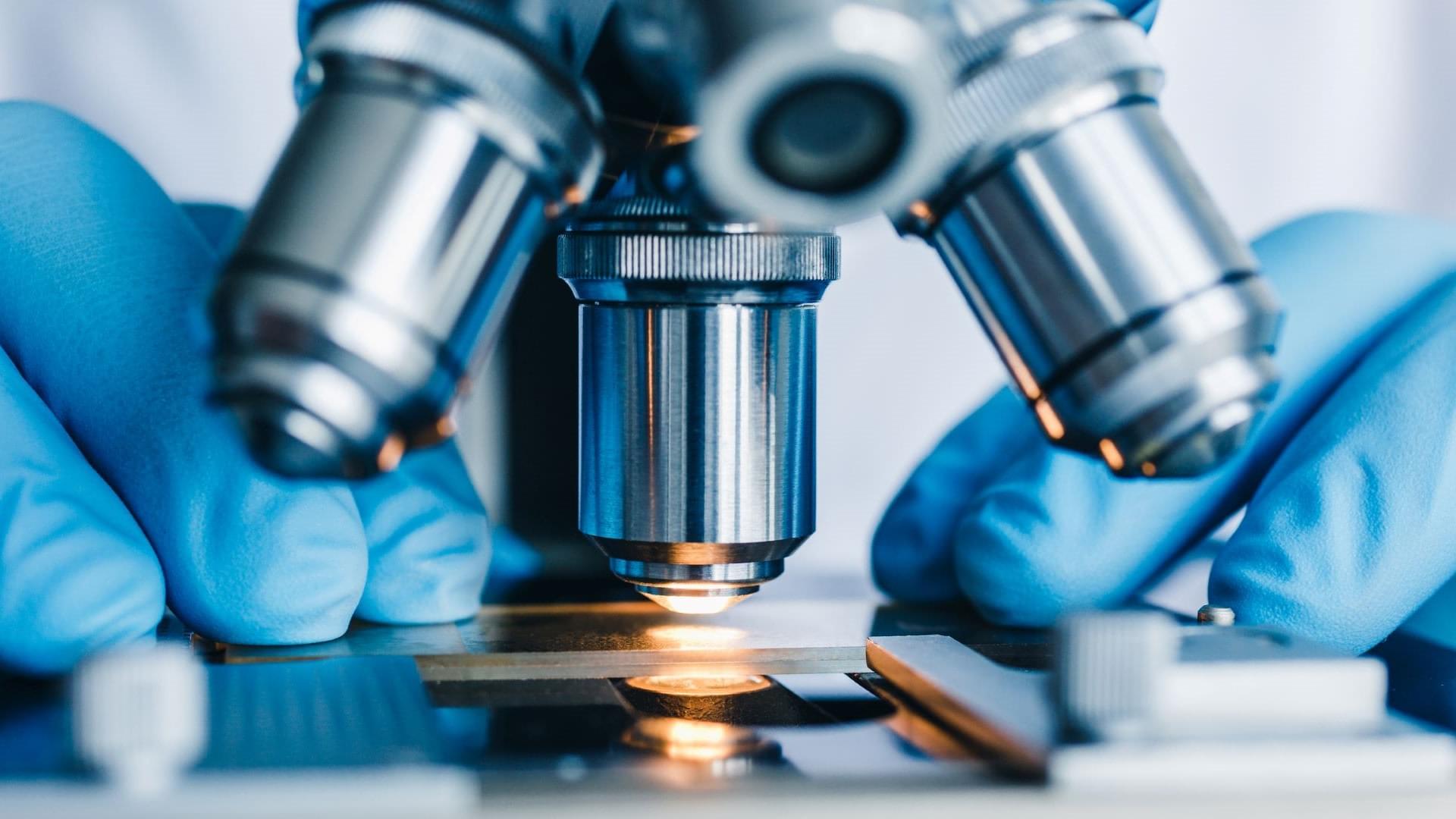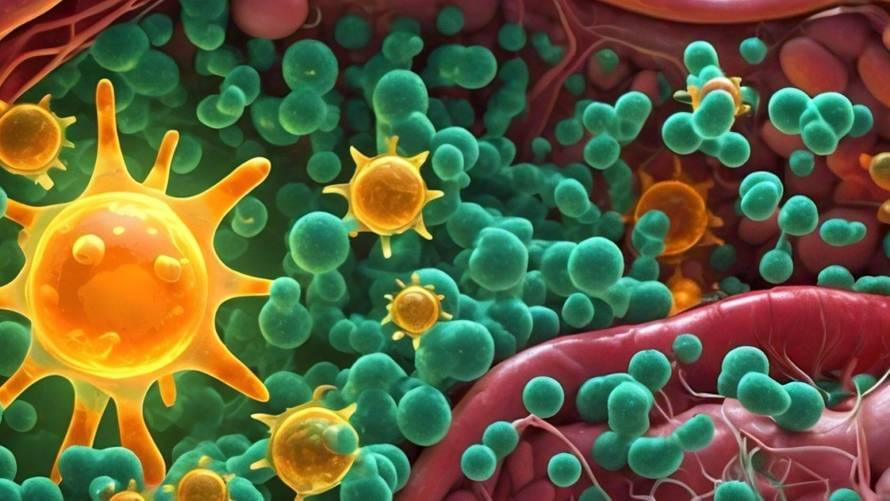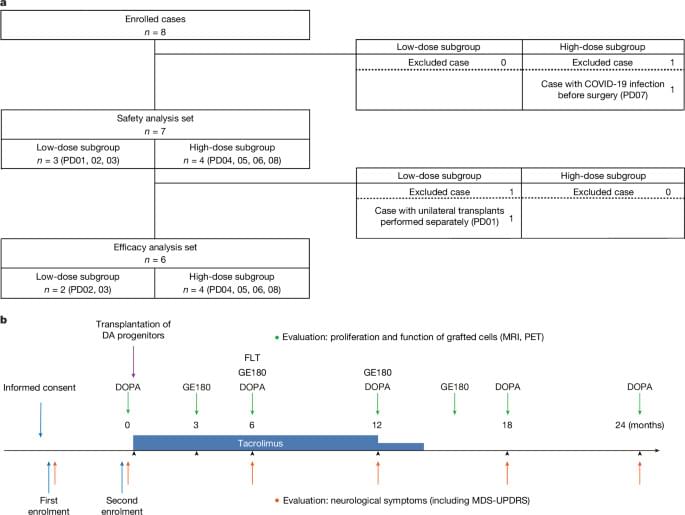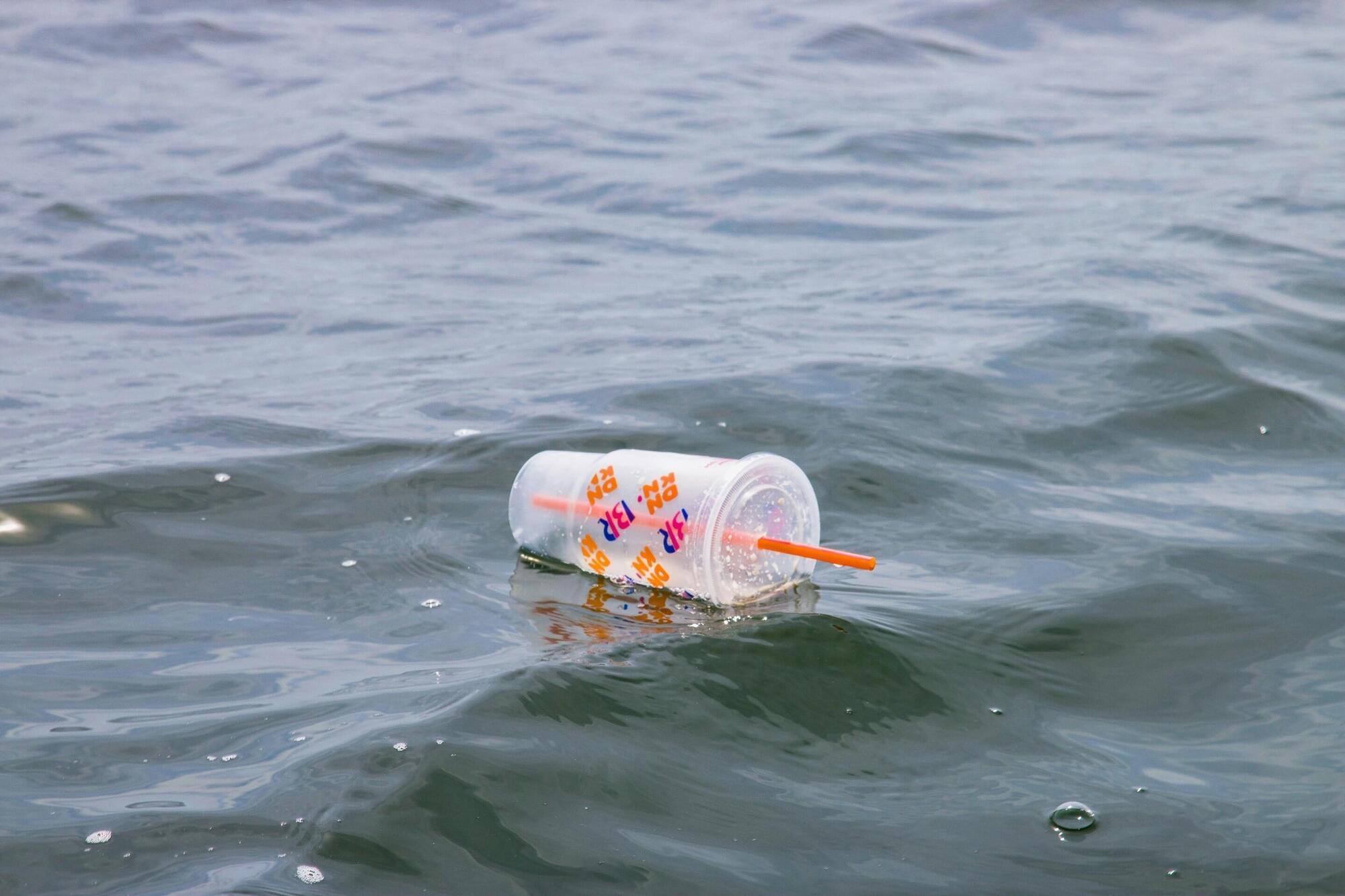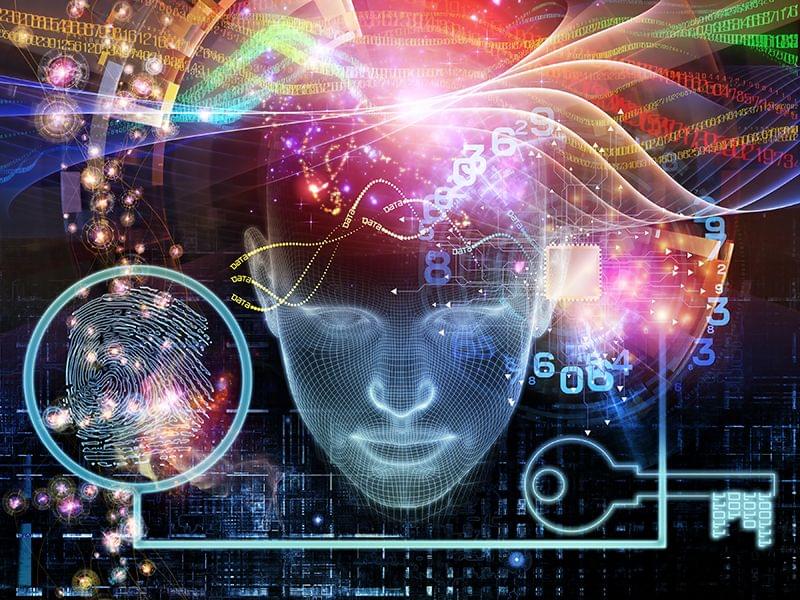A POSTECH research team has developed a thin, flexible robotic actuator inspired by human muscle proteins. As thin as paper, yet capable of generating strong forces, this robot can maneuver through tight spaces and manipulate objects, making it suitable for a wide range of applications—from surgical robots to industrial equipment. The study has been published in Nature Communications.
Most conventional robots are built with rigid metal components, giving them strength but limiting their ability to perform delicate motions or operate in confined environments.
In the medical field, there is a growing need for robots that can assist with surgeries inside the human body. In industrial settings, flexible robots are needed for tasks like inspecting complex machinery or cleaning narrow pipelines. However, technologies that combine both flexibility and strength have been lacking—until now.

